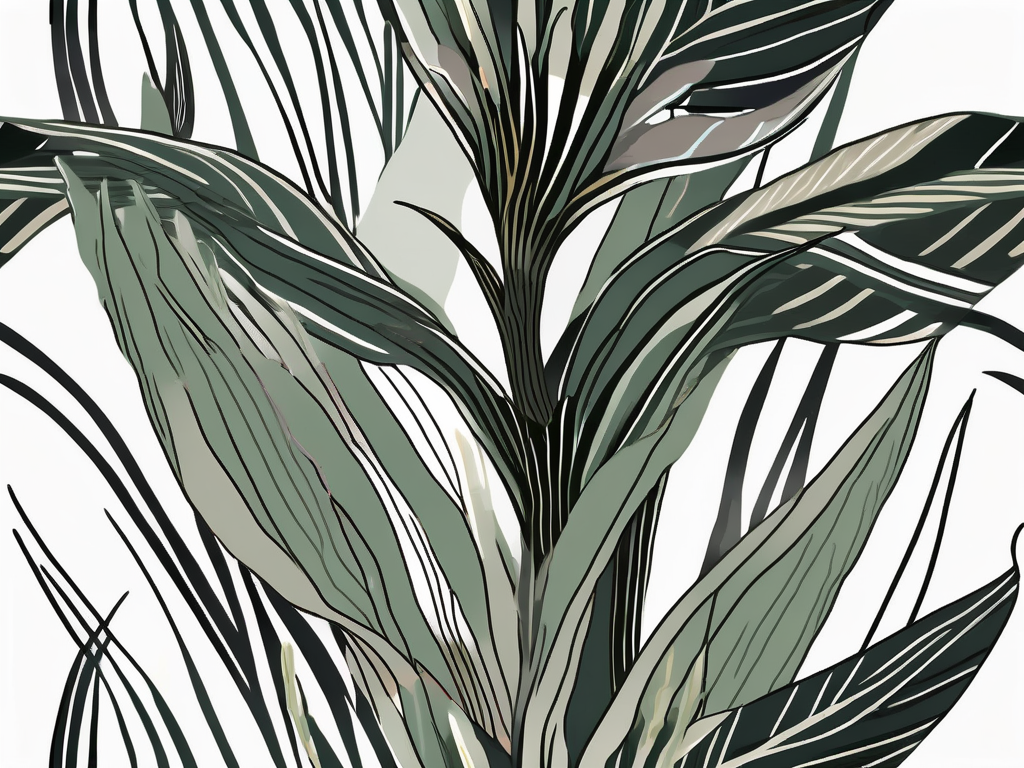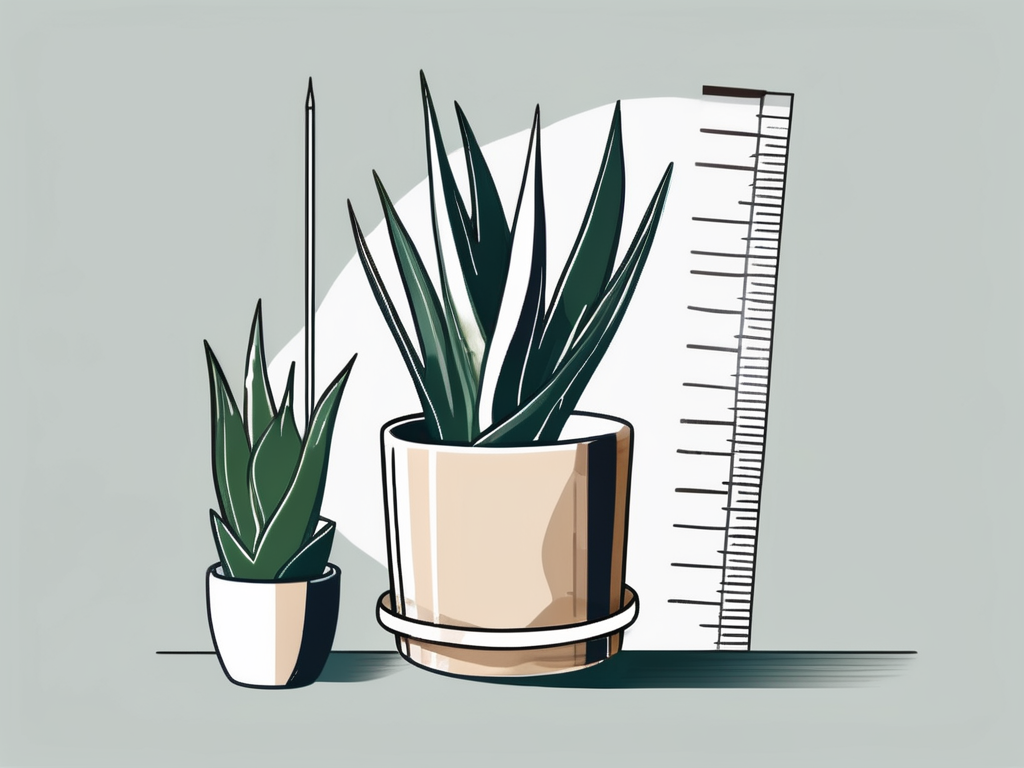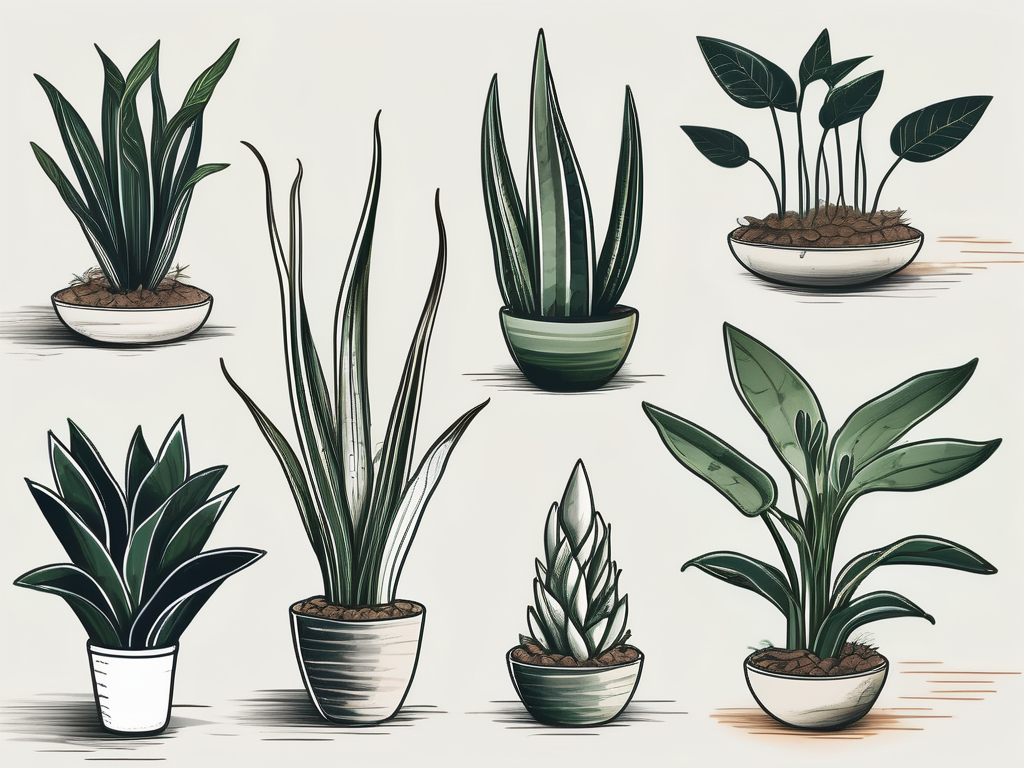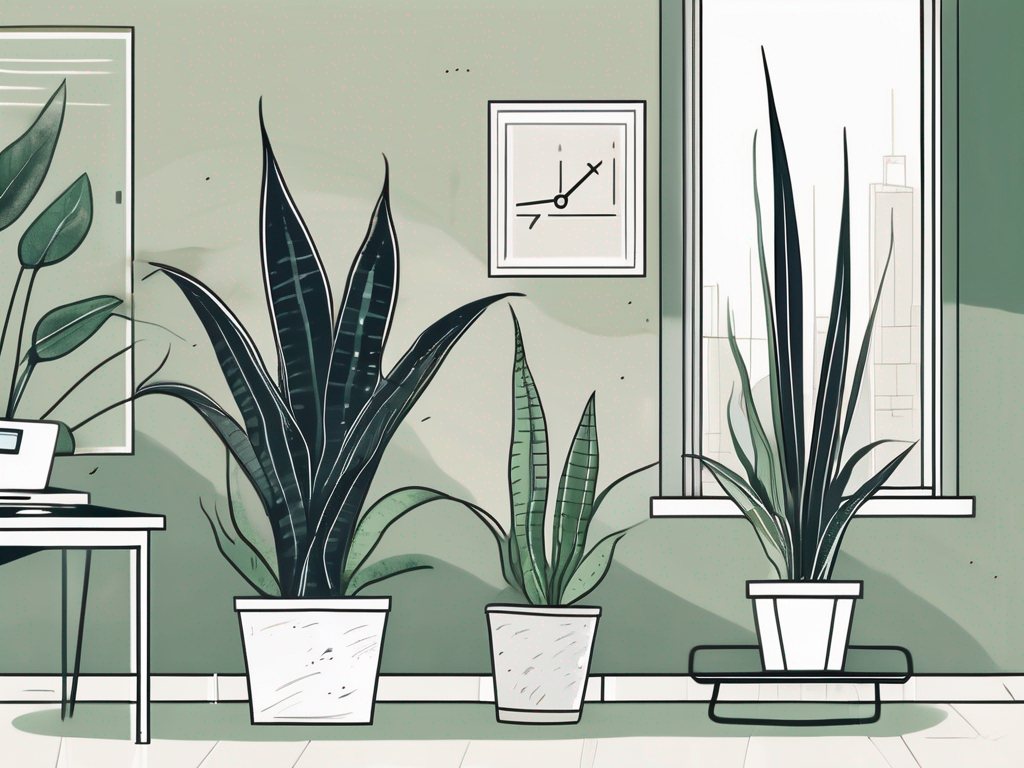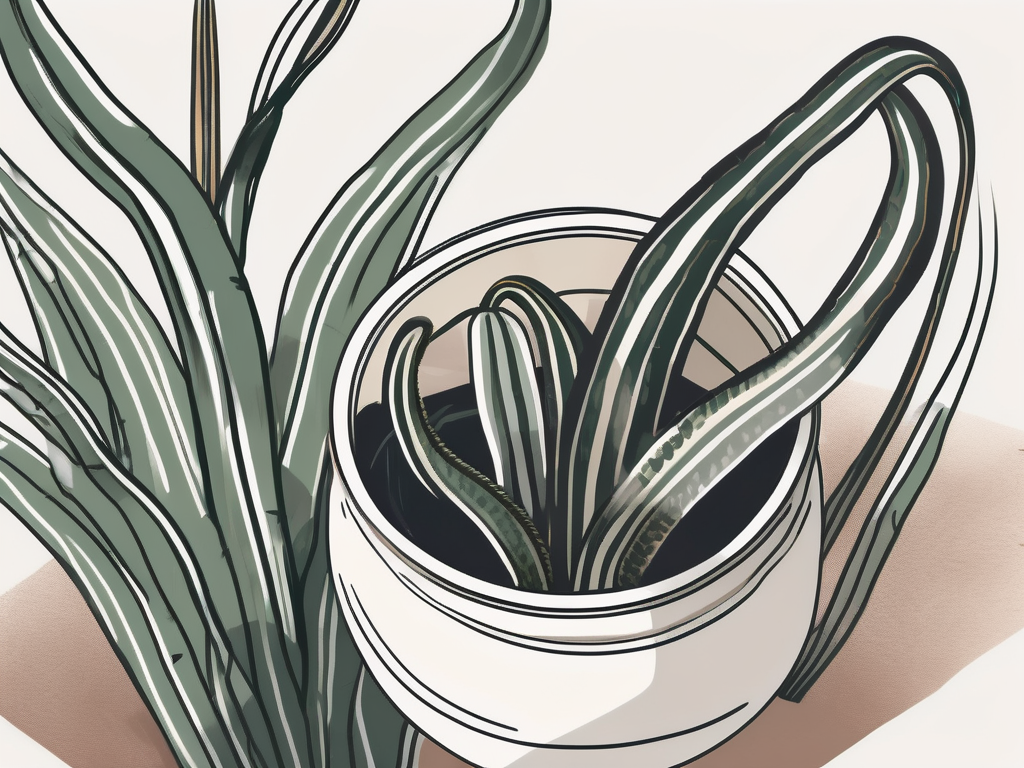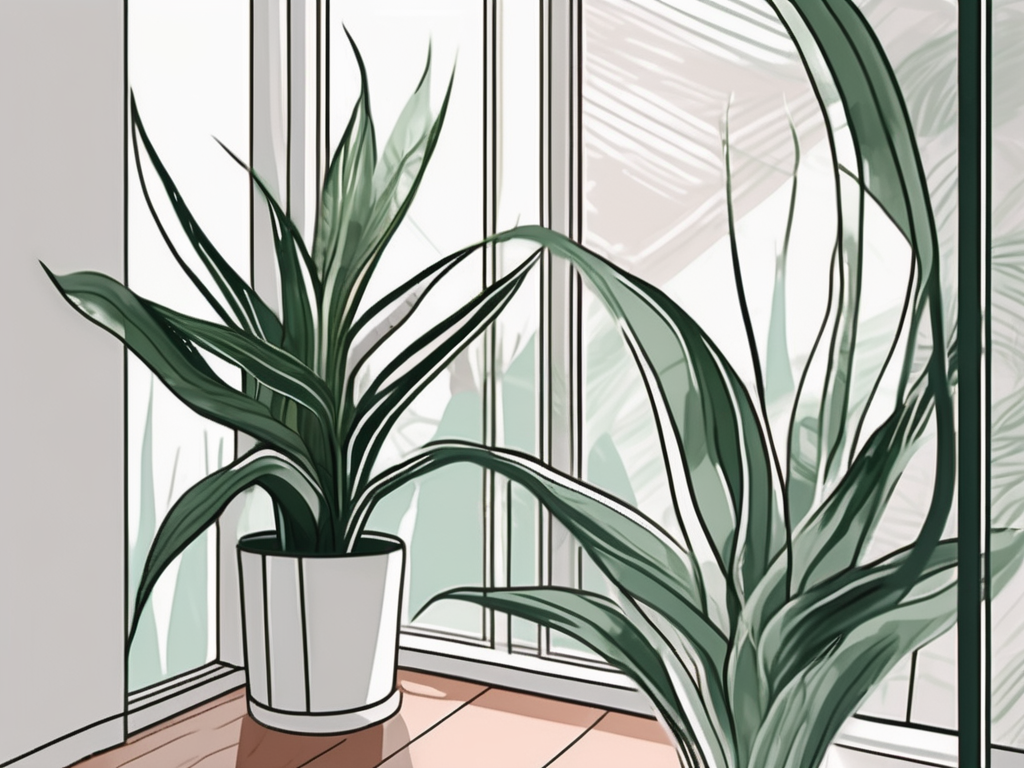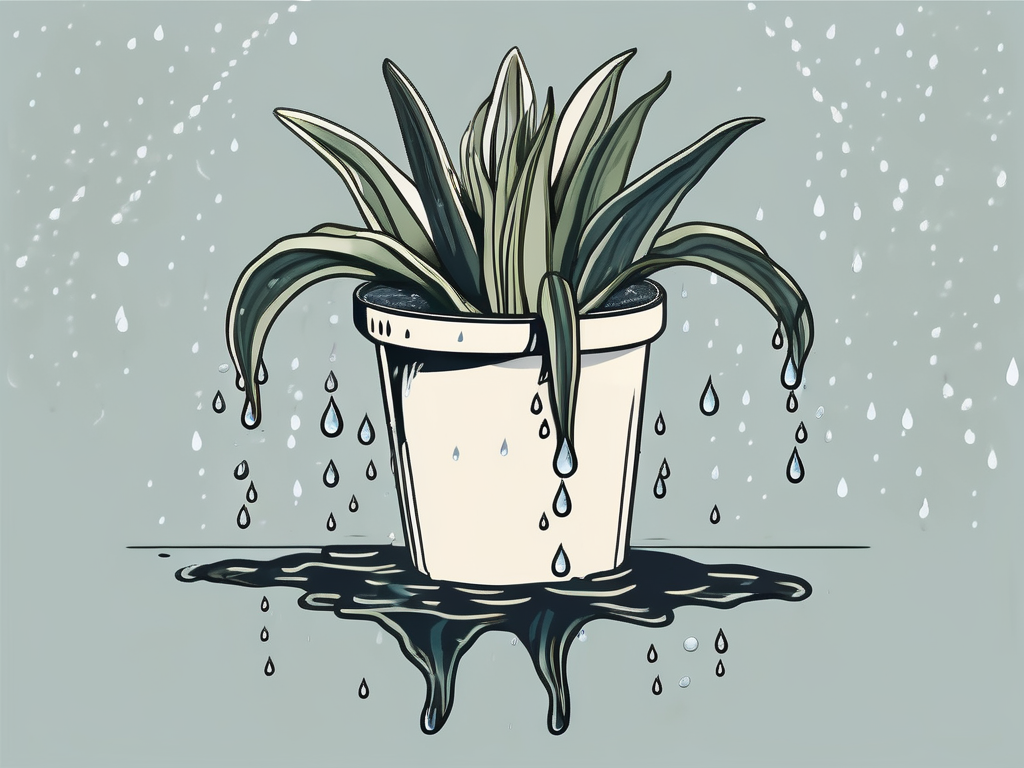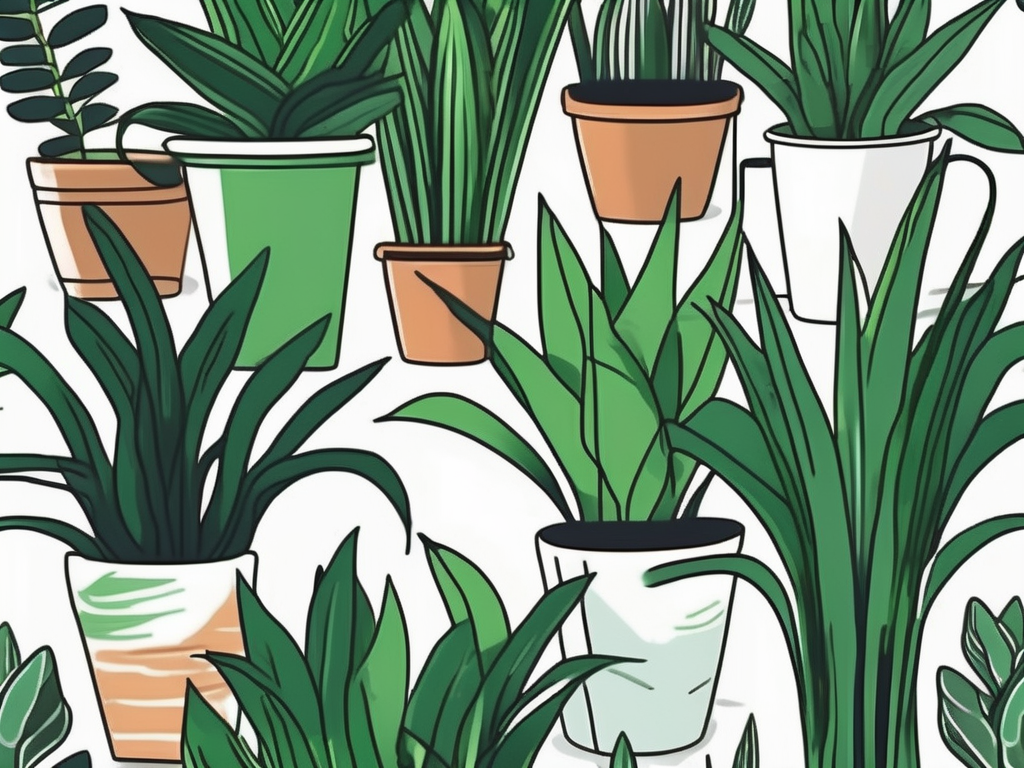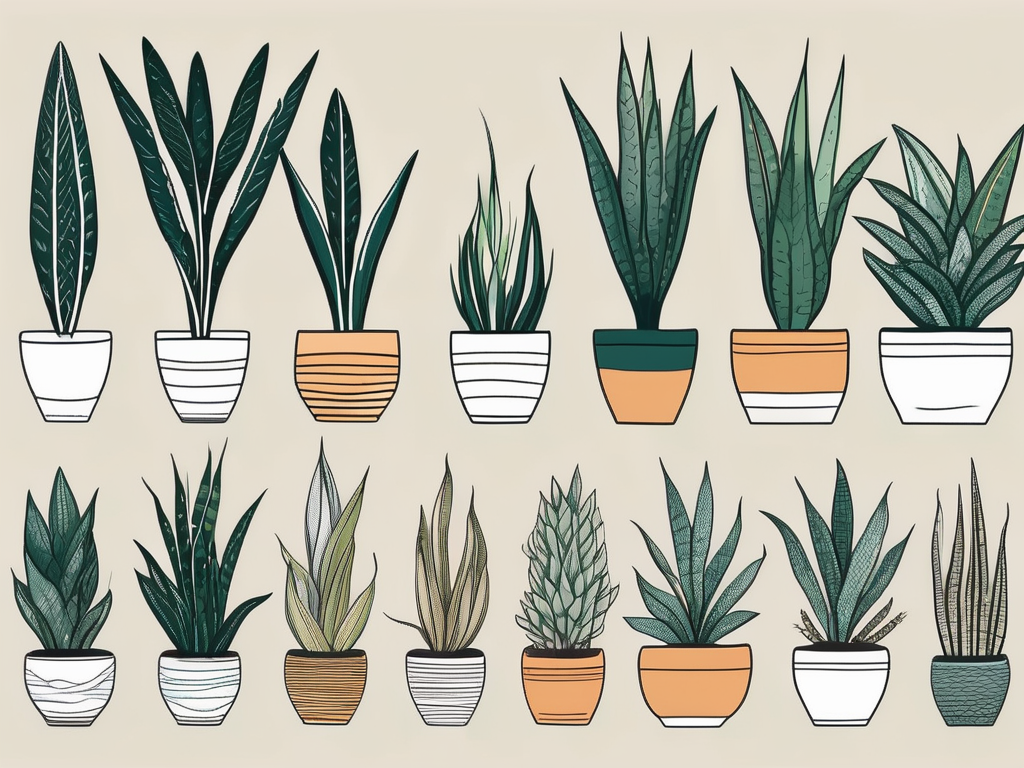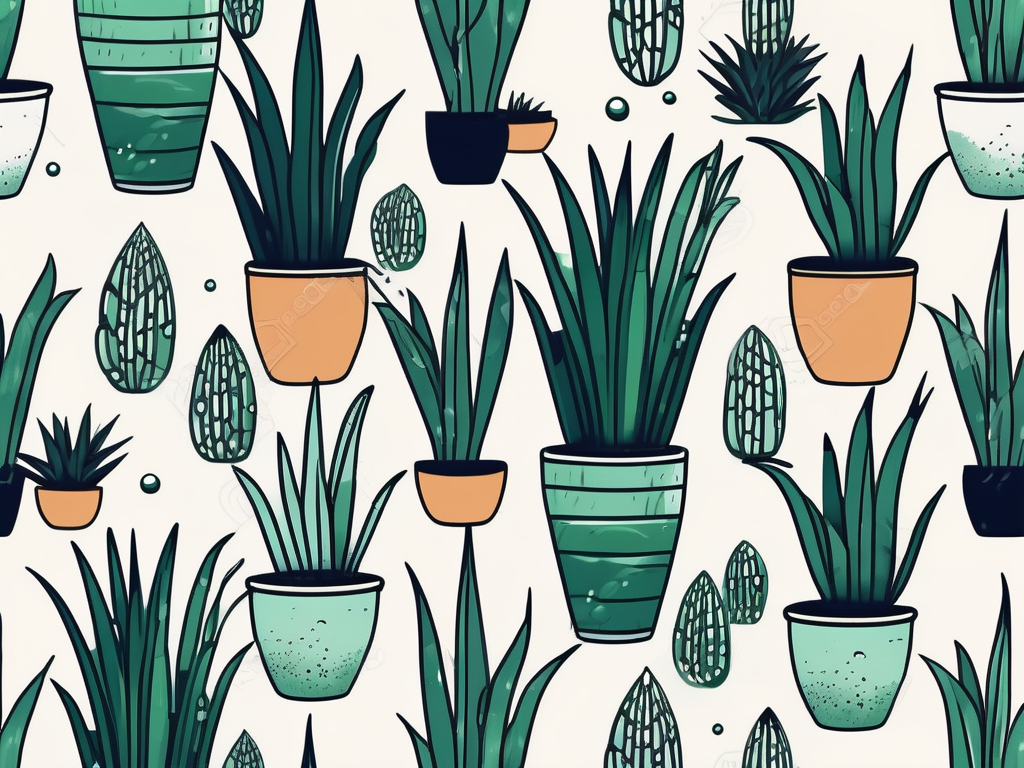
Snake plants, those striking, architectural beauties, are favorites in both homes and offices. With their sword-like leaves and forgiving nature, they make a perfect plant companion for just about anyone. But while they're known for being tough, understanding their temperature tolerance can ensure they thrive rather than just survive.
In this blog post, we'll take a closer look at how these resilient plants respond to different temperatures. We'll explore their ideal conditions, what happens when the mercury drops or soars, and how you can keep your snake plant happy in your space. So, whether you're a seasoned plant parent or just starting out, read on for useful insights and tips!
Understanding the Basics of Snake Plant Temperature Needs
Snake plants, also known as Sansevieria or mother-in-law's tongue, are native to the tropical regions of West Africa. This origin gives us a clue about their temperature preferences. In their natural habitat, they enjoy warm, dry conditions with plenty of sunlight. But, like many houseplants, they have adapted well to indoor environments and can tolerate a range of temperatures.
For optimal growth, snake plants prefer temperatures between 60°F (15°C) and 80°F (27°C). This range is perfect for most homes and offices, making snake plants an easy choice for anyone looking to add some greenery to their space. However, they can handle temperatures outside this range under certain conditions.
It's not just about warmth, though. Snake plants also appreciate consistency. Frequent fluctuations in temperature can stress the plant, leading to slower growth or even health issues. So, finding a spot with stable temperatures is just as important as hitting that sweet spot on the thermometer.
What Happens When It Gets Too Cold?
Snake plants are known for their resilience, but cold temperatures can pose a challenge. When exposed to temperatures below 50°F (10°C), snake plants may start to show signs of distress. You might notice the leaves turning yellow or developing a mushy texture. This is because the cold can damage the plant's cells, affecting its overall health.
If you live in a region with cold winters, it's crucial to protect your snake plant from chilly drafts and frosty windowsills. Here are a few tips to keep your plant cozy:
- Move it away from windows: Windows can let in drafts, especially if they're not well-insulated. Consider moving your plant a few feet away during the colder months.
- Avoid cold floors: If your plant is sitting on a tile or concrete floor, elevate it with a plant stand or place it on a wooden surface to prevent cold damage.
- Adjust the thermostat: If possible, keep your indoor temperature steady. Avoid drastic changes that might stress your plant.
Interestingly enough, snake plants can sometimes survive brief periods of cold, but it's best not to test their limits. A little preparation goes a long way in ensuring your plant stays healthy through the winter.
Handling High Temperatures
On the flip side, what about when things get too hot? Snake plants are pretty tolerant of heat, but there are some limits. When temperatures rise above 85°F (29°C), especially if combined with strong sunlight, your plant might start to suffer.
Excessive heat can lead to rapid moisture loss, causing the leaves to dry out or become scorched. Here's how you can protect your snake plant during those sweltering days:
- Provide shade: If your plant is near a window that gets a lot of direct sunlight, consider using sheer curtains or blinds to diffuse the light.
- Increase humidity: Hot air can be drying, so mist your plant occasionally or use a pebble tray with water to help maintain humidity around it.
- Water wisely: While snake plants are drought-tolerant, they might need a bit more water in extreme heat. Just be careful not to overwater them.
While it's hard to say for sure how each plant will react to heat, these precautions can help keep your snake plant thriving even when the sun is blazing.
Seasonal Adjustments for Your Snake Plant
Just like we swap out our wardrobe with the changing seasons, snake plants benefit from a few seasonal adjustments to their care routine. This doesn't mean you need to overhaul everything, but a few tweaks can make a big difference.
In the spring and summer, when temperatures are more aligned with the snake plant's native habitat, you might notice a growth spurt. This is the perfect time to fertilize your plant every month or so with a balanced houseplant fertilizer. More sunlight and slightly increased watering can also support this growth phase.
Come fall and winter, as temperatures drop, your snake plant will likely slow down its growth. During these months, you can cut back on watering and hold off on fertilizing altogether. The plant doesn't need as many nutrients since it's not actively growing.
Making these adjustments helps your snake plant adapt to the natural ebb and flow of the seasons, ensuring it's healthy all year round. Plus, it gives you a nice rhythm to follow, keeping plant care simple and manageable.
Signs Your Snake Plant Is Unhappy with Temperature
While snake plants are generally low-maintenance, they do have ways of letting you know when they're not happy. Temperature stress can manifest in several ways, and being able to recognize these signs early can save your plant from further damage.
Here are some common signs of temperature stress in snake plants:
- Leaf discoloration: Yellowing or browning leaves may indicate cold damage or heat stress.
- Wilting or drooping: This can occur if the plant is exposed to extreme temperatures or rapid changes.
- Soft or mushy leaves: Often a sign of cold damage, this can also indicate overwatering in cooler temperatures.
- Stunted growth: If your plant seems to have hit a growth plateau, temperature extremes might be a factor.
Paying attention to these signs and making necessary adjustments can help your snake plant bounce back to its normal, robust self.
Creating a Balanced Environment
Creating a balanced environment for your snake plant isn't just about the temperature. It's about finding harmony between light, humidity, and airflow. While snake plants are forgiving, they still appreciate a well-rounded living space.
Here are some tips for creating a balanced environment for your snake plant:
- Light: Snake plants prefer bright, indirect light but can tolerate lower light conditions. If your plant is in a dim corner, consider moving it to a brighter spot for a few hours each day.
- Humidity: While not a major concern, a little extra humidity can help your plant, especially in overly dry environments. A humidifier or occasional misting can do the trick.
- Airflow: Good air circulation helps prevent fungal issues. Ensure your plant isn't cramped and has space for air to move around it.
Balancing these factors alongside temperature ensures your snake plant has everything it needs to thrive.
Choosing the Right Spot for Your Snake Plant
Choosing the right spot for your snake plant can make all the difference. While these plants aren't overly picky, they do have preferences that can enhance their growth and appearance.
Here are some considerations to keep in mind when finding a home for your snake plant:
- Light levels: As mentioned earlier, snake plants do best in bright, indirect light. A spot near a north or east-facing window is often ideal.
- Temperature stability: Avoid placing your plant near heating vents or air conditioners, as these can cause temperature fluctuations.
- Traffic areas: Snake plants can grow quite tall, so keep them out of high-traffic areas where they might be knocked over or damaged.
Taking a little time to find the perfect spot will pay off with a healthier, more vibrant plant.
Using Snake Plants in Interior Design
Beyond their easy care and temperature tolerance, snake plants are also a fantastic choice for interior design. Their sleek, vertical growth habit makes them a great fit for a variety of styles, from modern to boho chic.
Snake plants can be used in a multitude of ways to spruce up your space:
- Accent pieces: Their bold leaves make them a natural focal point in any room.
- Space fillers: Use them to fill empty corners or awkward spaces that need a bit of greenery.
- Groupings: Pair them with other plants for a dynamic display. Their upright shape contrasts beautifully with trailing or bushy plants.
Incorporating snake plants into your design not only adds aesthetic value but also contributes to a healthier indoor environment, thanks to their air-purifying qualities.
Final Thoughts
We've covered a lot about the temperature tolerance of snake plants, from the ideal conditions and potential challenges to practical tips for maintaining a balanced environment. With the right knowledge and a little bit of care, your snake plant can thrive in almost any setting.
At Cafe Planta, we believe plants are more than just decor; they're a way to connect with nature. If you have any questions about caring for your plants, feel free to email us or message us on Instagram. We're here to help you every step of the way on your plant journey.














